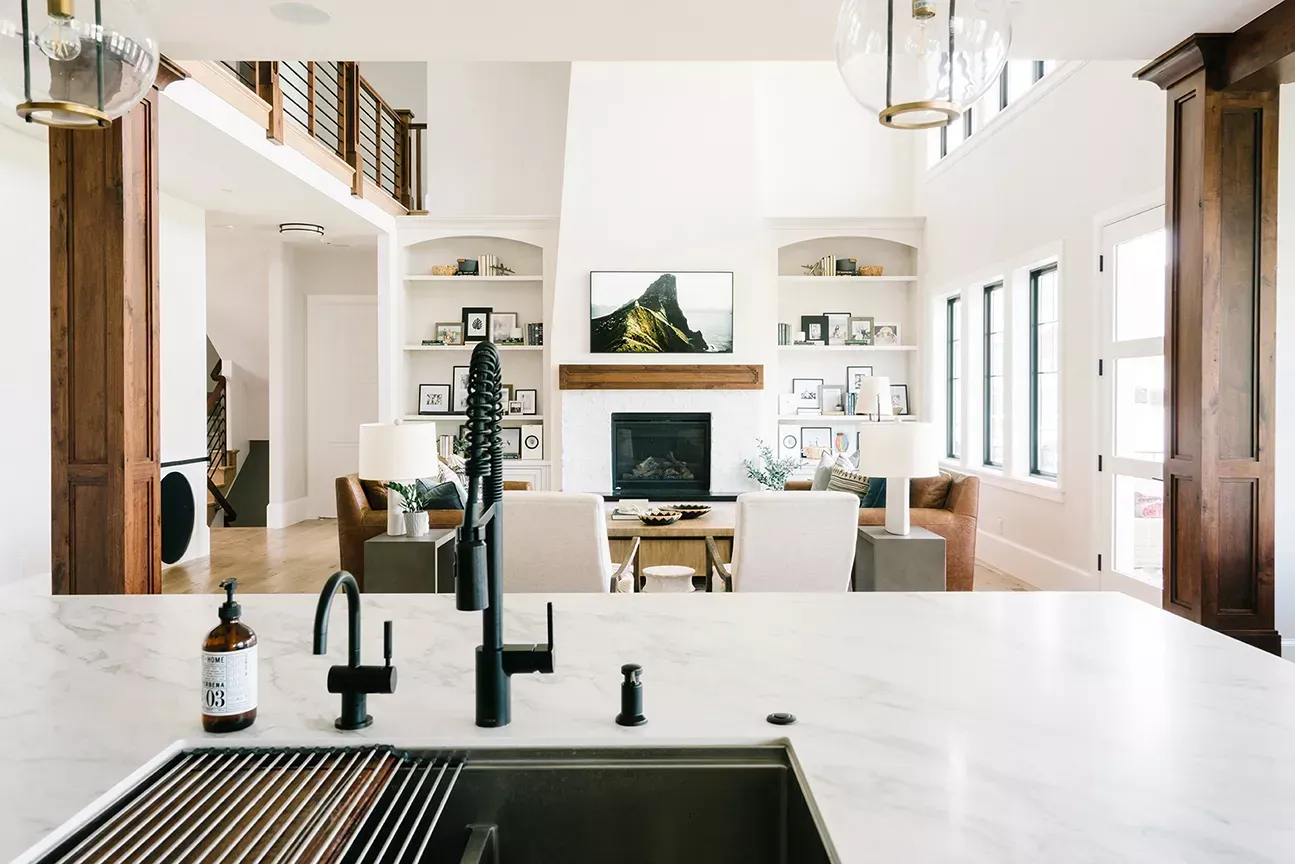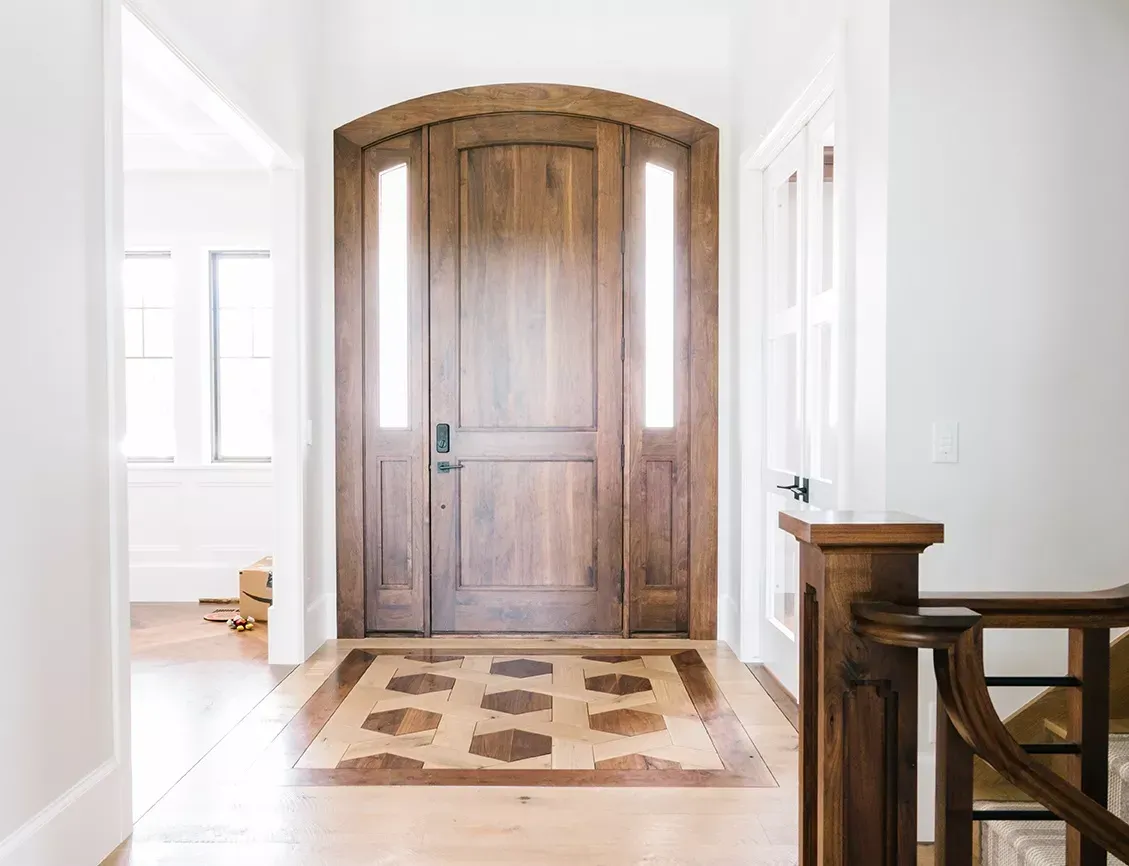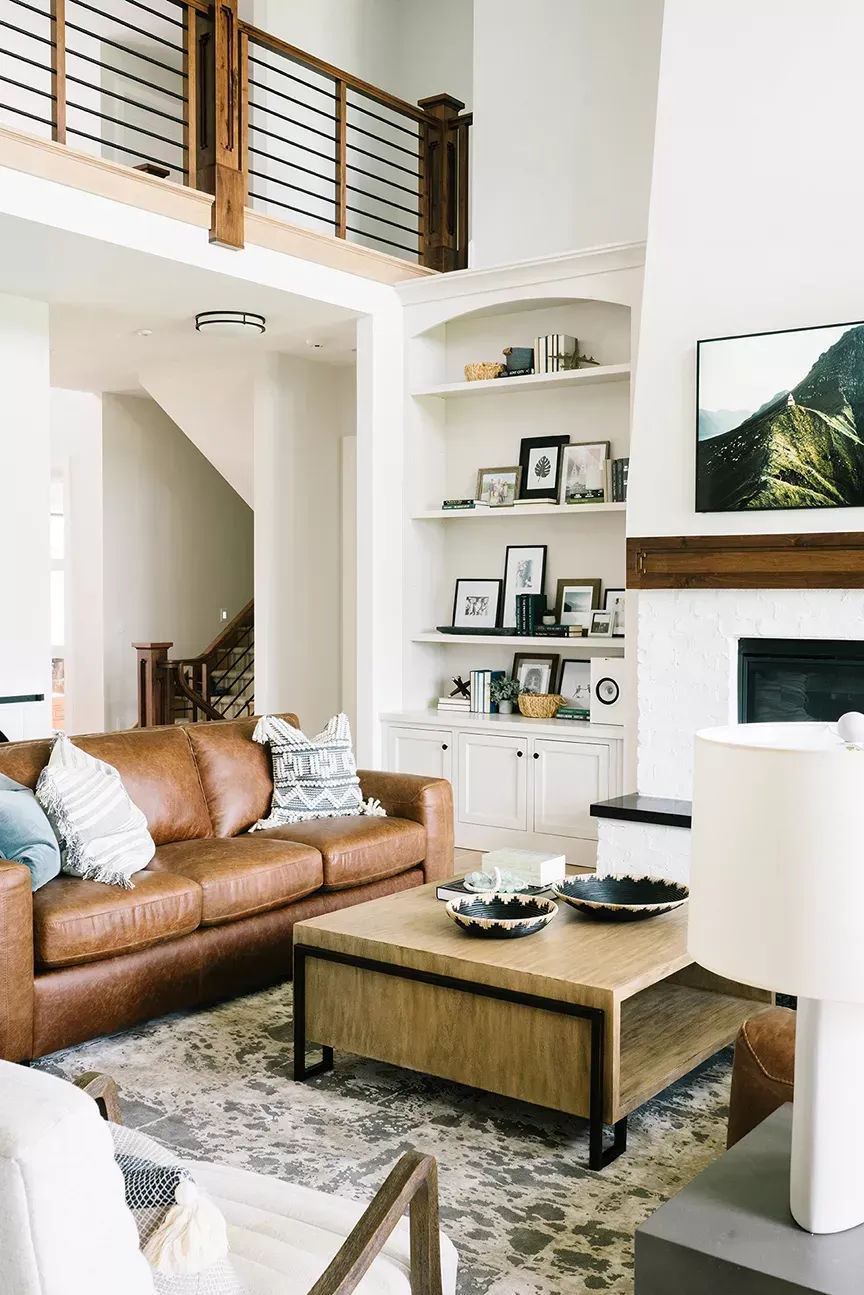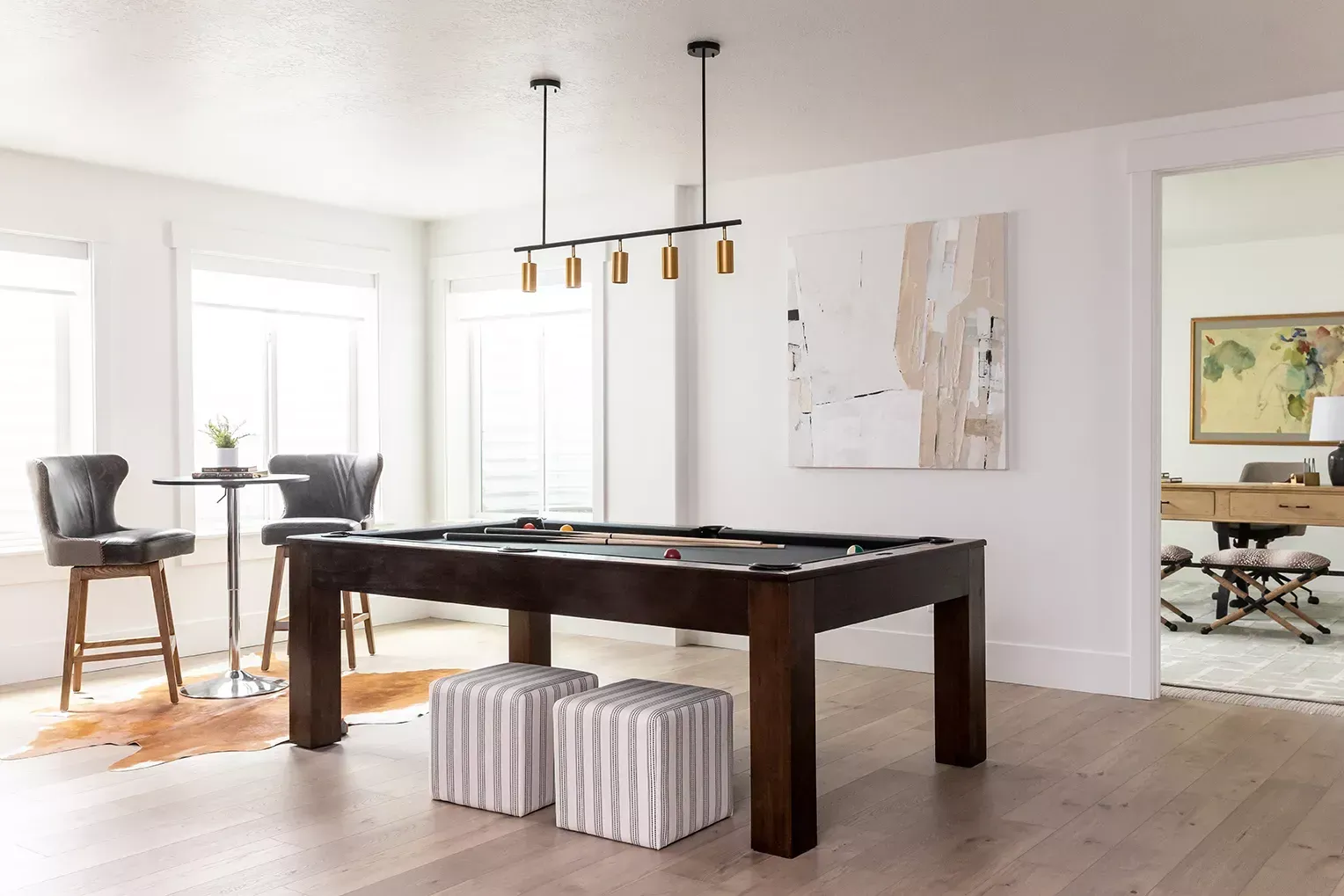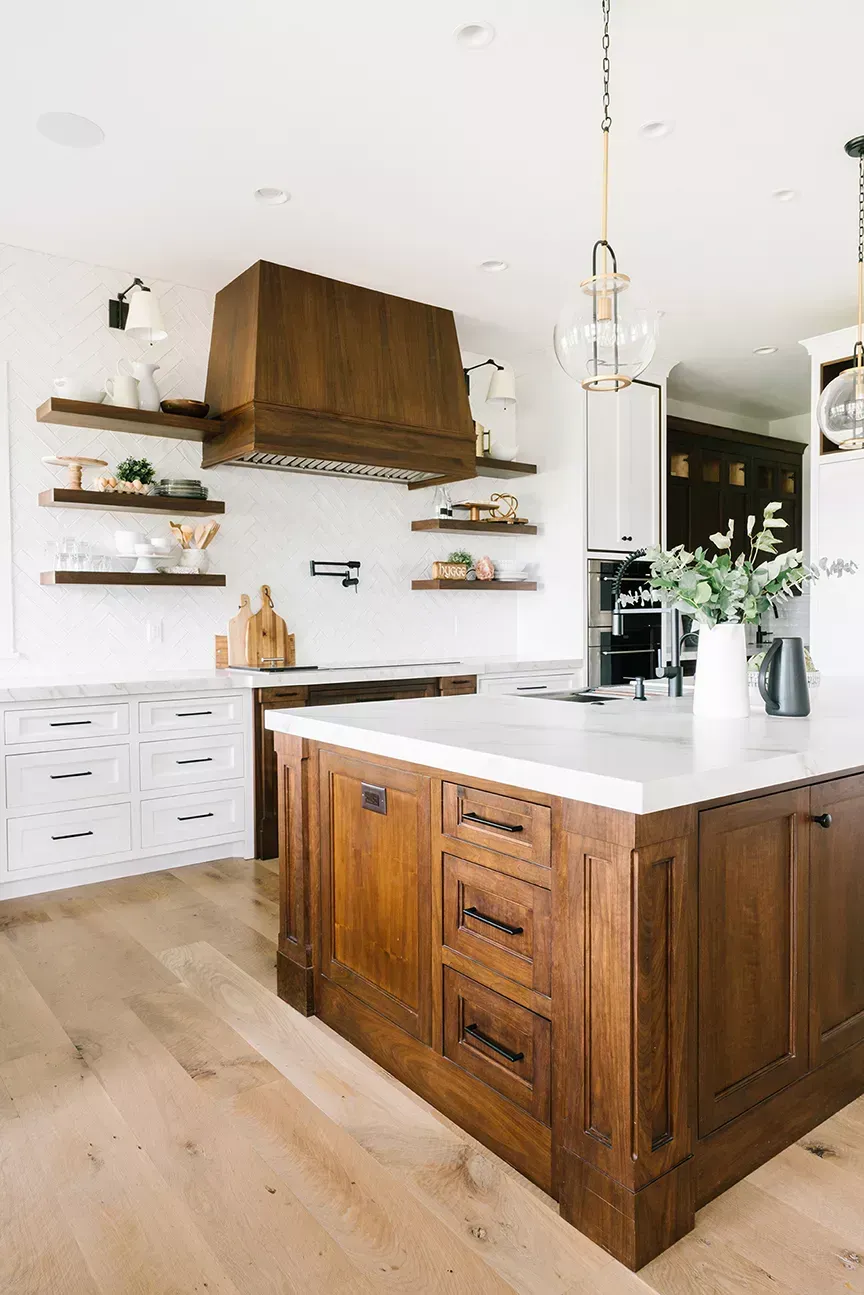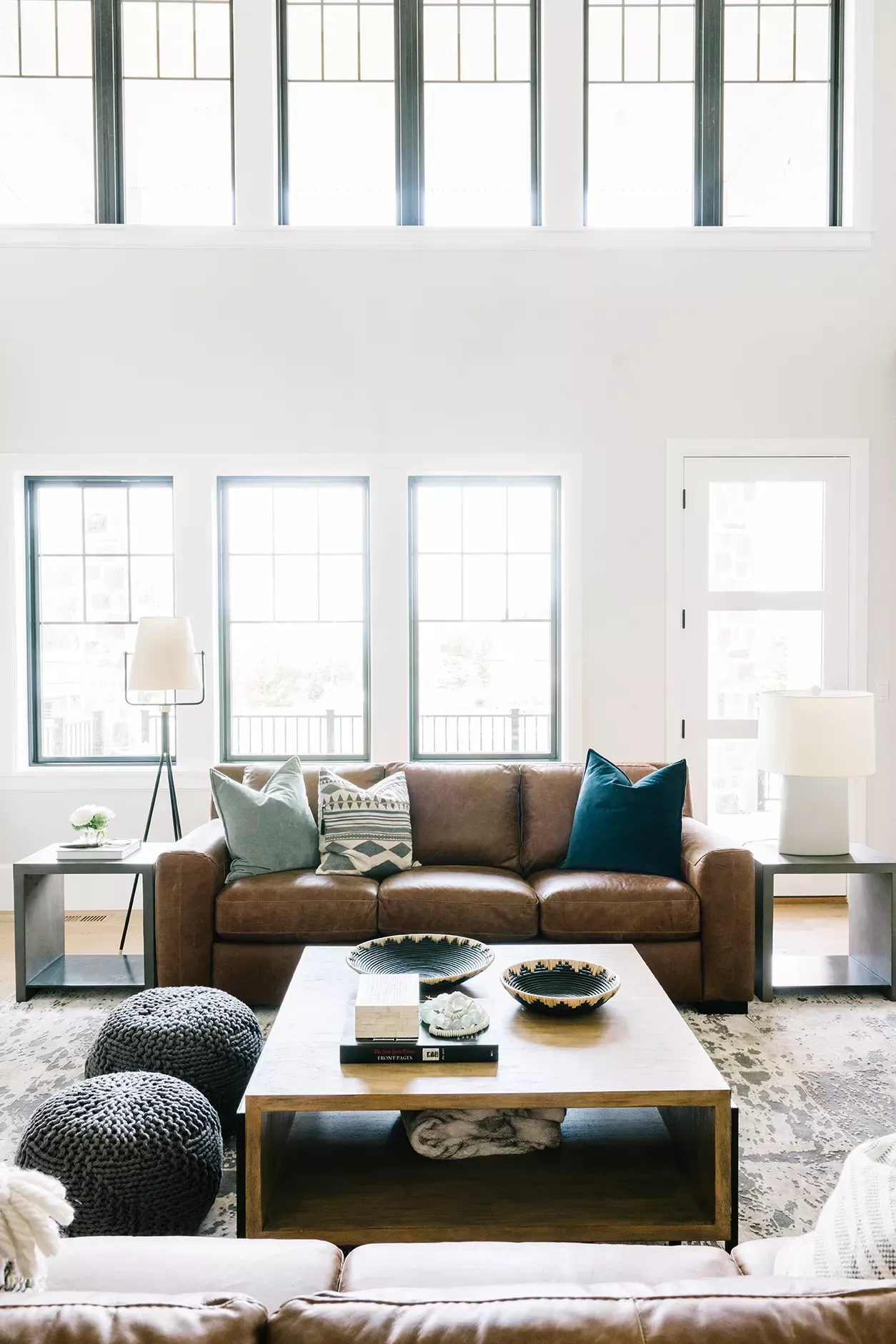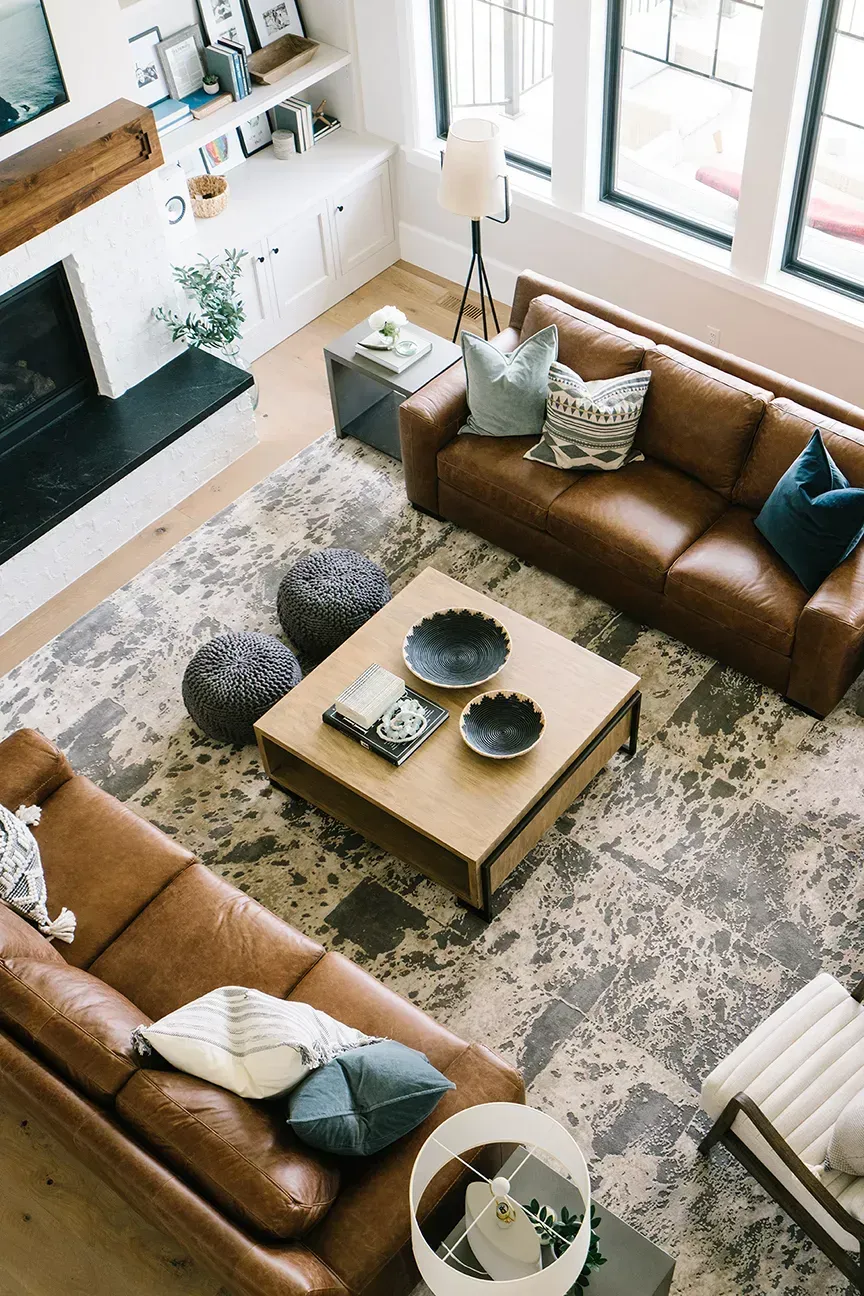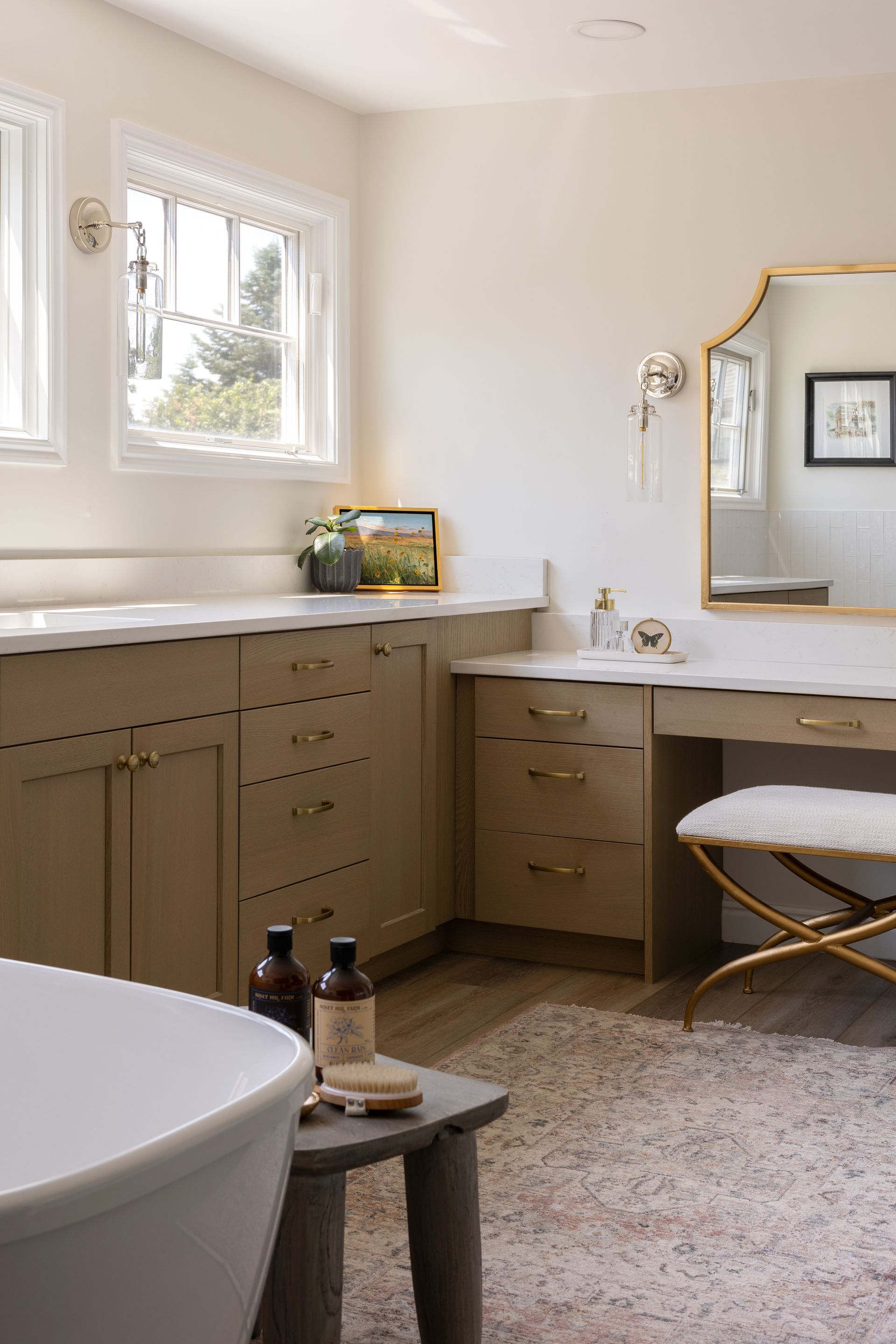From Minimalism to Maximalism: Finding Your Perfect Design Balance
Two contrasting styles have emerged as dominant forces in interior design: minimalism and maximalism. While minimalism emphasizes simplicity, functionality, and a clutter-free environment, maximalism celebrates boldness, color, and eclectic combinations. Striking the right balance between these approaches can lead to a harmonious, personalized space that reflects your unique style.
Understanding Minimalism
1. The Essence of Minimalism
Minimalism is rooted in the principle of "less is more." It focuses on simplicity and functionality, often characterized by clean lines, neutral color palettes, and a lack of unnecessary ornamentation. The goal is to create a serene environment that promotes tranquility and clarity.
2. Key Features of Minimalist Design
Neutral Color Schemes: Minimalist spaces often utilize whites, grays, and earth tones to create a calming atmosphere.
Functional Furniture:
Pieces are chosen for their utility rather than decorative appeal. Multi-functional furniture is ordinary.
Open Spaces: Minimalist designs favor open floor plans that enhance flow and reduce visual clutter.
Natural Light:
Maximizing natural light is essential, improving the sense of space and connection to the outdoors.
3. Benefits of Minimalism
Reduced Stress: A clutter-free environment can lower stress levels and improve mental clarity.
Timeless Appeal: Minimalist designs tend to age well, making them a long-term investment.
Easier Maintenance: Fewer items mean less cleaning and upkeep.
Exploring Maximalism
1. The Spirit of Maximalism
Maximalism embraces the idea that more is more. It encourages self-expression through vibrant colors, diverse patterns, and various textures. This style thrives on individuality and creativity, allowing homeowners to showcase their personality through decor.
2. Key Features of Maximalist Design
Bold Color Palettes:
Maximalist spaces often feature rich jewel tones or bright colors that create a lively atmosphere.
Eclectic Mixes: Combining different styles, eras, and cultures is encouraged, resulting in a curated yet chaotic feel.
Layered Textures: Fabrics like velvet, silk, and patterned textiles are layered to create depth and interest.
Artistic Displays:
Art pieces, collectibles, and personal mementos are prominently displayed, telling a story about the homeowner's journey.
3. Benefits of Maximalism
Personal Expression:
Maximalism allows for greater creativity and self-expression in home decor.
Visual Interest: The variety of colors and textures can create dynamic spaces that are visually stimulating.
Warmth and Comfort:
Layering elements can make spaces feel cozy and inviting.

Finding Your Perfect Design Balance
1. Assess Your Lifestyle
Before making design choices, consider your lifestyle needs. Do you have children or pets? Do you frequently entertain guests? Understanding how you use your space will guide your decisions on pursuing minimalism or maximalism.
2. Choose a Focal Point
Whether you prefer minimalism or maximalism, having a focal point in each room can help unify the design. In a minimalist space, this could be a striking piece of art or a beautiful piece of furniture. In a maximalist setting, it might be an eclectic gallery wall or an ornate chandelier.
3. Incorporate Elements from Both Styles
Combining elements from both design philosophies can create a balanced aesthetic:
- Use minimalist furniture with maximalist accessories (e.g., simple sofas adorned with colorful throw pillows).
- Create open spaces with bold accent walls or vibrant area rugs.
- Layer textures in a minimalist setting by adding one or two statement pieces that bring warmth without overwhelming the space.
4. Mindful Color Choices
Select a color palette that reflects both styles:
- Opt for neutral base colors typical in minimalism but add pops of bold color through artwork or decorative items as seen in maximalist designs.
- Use patterns sparingly; choose one or two statement patterns to avoid visual chaos while embracing maximalist principles.
5. Curate Your Collections
If you love collecting items but want to maintain a minimalist feel, curate your collections thoughtfully:
- Display only your favorite pieces prominently while storing others away.
- Rotate items periodically to keep your decor fresh without adding clutter.
The Importance of Hiring Professionals for Your Needs
While finding the right balance between minimalism and maximalism can be an exciting journey, it can also be overwhelming. This is where hiring professionals can make a significant difference:
Expertise in Design Principles
Professional interior designers understand the nuances of both minimalist and maximalist styles. They can help you identify which elements resonate with your taste while ensuring functionality.
Access to Resources
Designers can access exclusive resources such as unique furnishings, fabrics, and decor items that may not be available to the general public.
Time-Saving Solutions
Designing a space takes time, and researching styles, sourcing materials, and coordinating contractors can be daunting for busy homeowners. A designer streamlines this process by managing all aspects of the project efficiently.
Cohesive Vision
Professionals help create a cohesive vision for your space that aligns with your lifestyle needs and aesthetic preferences while balancing both design philosophies.
Avoiding Costly Mistakes
With their experience, designers can help you avoid common pitfalls—such as selecting furniture that doesn't fit or choosing colors that clash—ultimately saving you money in the long run.
Finding a perfect design balance between minimalism and maximalism involves understanding your style preferences while considering functionality and comfort in your living spaces. By thoughtfully incorporating elements from both styles and seeking professional guidance when needed, you can create an environment that reflects who you are and enhances your quality of life.
